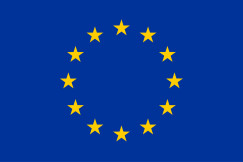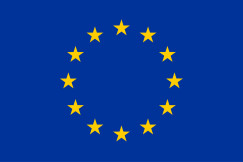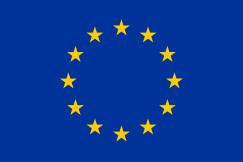Legislation
28 March 2025
Protection against dumped imports
Legislation
28 March 2025
1. Healthy, balanced and sustainable diets for all European consumers
2. Prevention and reduction of food loss and waste
3. A climate - neutral food chain in Europe by 2050
+4 more
Login / create an account to be able to react
-
12

Anti-dumping measures counter dumping practices occurring when non-EU manufacturers sell their goods in the EU below the normal value (usually the sales price) on their domestic market. Regulation (EU) 2016/1036 sets out the EU’s trade defence rules to protect against imports from non-EU countries dumped on the EU market.
Editorial team
European Commission - DG TRADE
Topics
EU-27
EU Institutions
-
CoC aspirational objectives
-
-
1. Healthy, balanced and sustainable diets for all European consumers
-
2. Prevention and reduction of food loss and waste
-
3. A climate - neutral food chain in Europe by 2050
-
4. An optimised circular and resource-efficient food chain in Europe
-
5. Sustained, inclusive and sustainable economic growth, employment and decent work for all
-
6. Sustainable value creation in the European food supply chain through partnership
-
7. Sustainable sourcing in food supply chains
-
Share
A non-EU company is 'dumping' if it exports a product to the EU at a price lower than the product's normal value. The normal value is either the product's price as sold on the home market of the non-EU company, or a price based on the cost of production and profit.
The European Commission is responsible for investigating dumping claims and imposing measures.
The Commission opens an investigation if it has sufficient evidence that imports into the EU are made at dumped prices and are causing injury to European industry.
Typically, such evidence is communicated to the Commission by the European producers exposed to the unfair competition of dumped imports (or jointly by trade unions and European industry) by means of an official complaint.
- Conditions for making a complaint
- How to draft an anti-dumping complaint (available in all offiicial EU languages)
In special circumstances, the Commission may also initiate an investigation on its own initiative, i.e. without having received a complaint. This is commonly referred to as an ‘ex officio’ initiation.
The Commission opens an anti-dumping proceeding (investigation) by publishing a notice in the EU's Official Journal.
The investigation checks:
- whether there is dumping by the producers in the country/countries concerned;
- whether the European industry concerned suffers 'material injury';
- whether there is a causal link between dumping and injury, and;
- whether putting measures in place is not against the European interest.
Only when all four conditions are met can the Commission put anti-dumping measures in place.
The time limit for the Commission's investigation is 14 months. The results are then published in the Official Journal.
- The full conditions for putting an anti-dumping measure in place
- Main stages of an anti-dumping investigation
- Flowchart of a typical anti-dumping investigation
Further information:
Related regulations:
Regulation (EU) 2016/1036 on protection against dumped imports from countries not members of the European Union.
Regulation (EU) 2016/1037 of the European Parliament and of the Council of 8 June 2016 on protection against subsidised imports from countries not members of the European Union.
Comments (0)
See also
Regulation on Renewable Energy Financing mechanism
- Categories
- 2. Prevention and reduction of food loss and waste 3. A climate - neutral food chain in Europe by 2050 4. An optimised circular and resource-efficient food chain in Europe +3 more
Organic production and labelling of organic products
- Categories
- 2. Prevention and reduction of food loss and waste 3. A climate - neutral food chain in Europe by 2050 4. An optimised circular and resource-efficient food chain in Europe +3 more
Barriers to trade
- Categories
- 2. Prevention and reduction of food loss and waste 3. A climate - neutral food chain in Europe by 2050 4. An optimised circular and resource-efficient food chain in Europe +3 more




